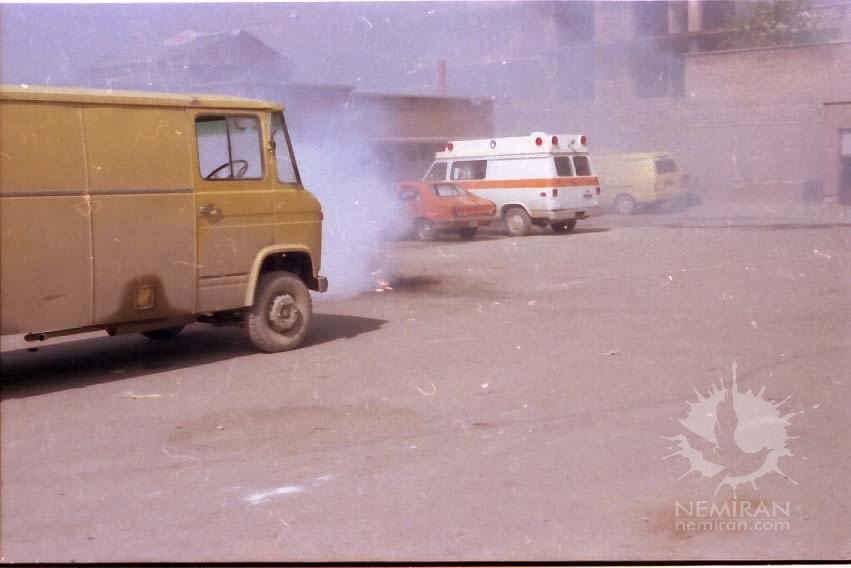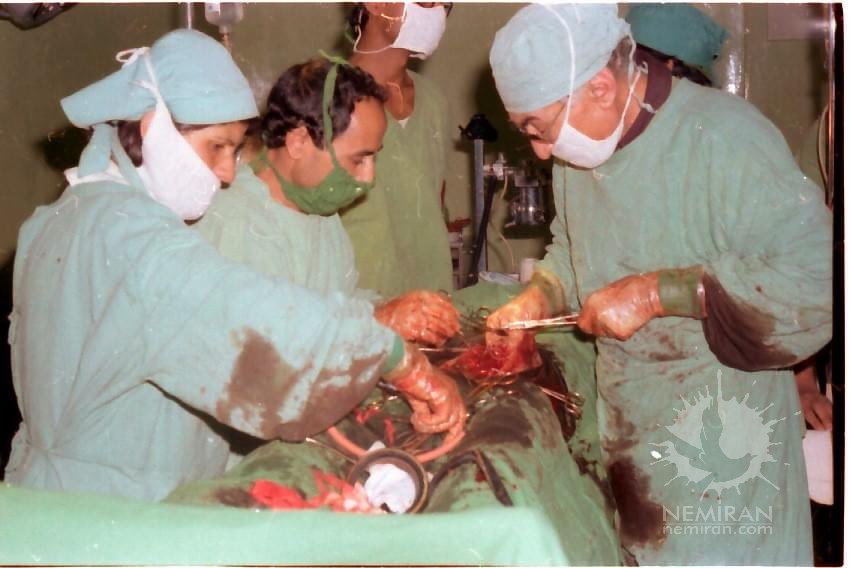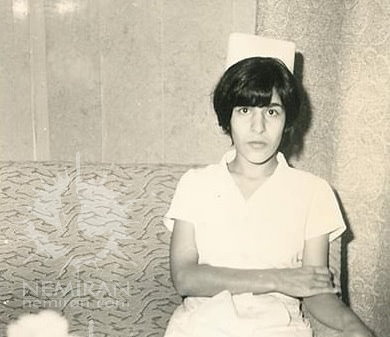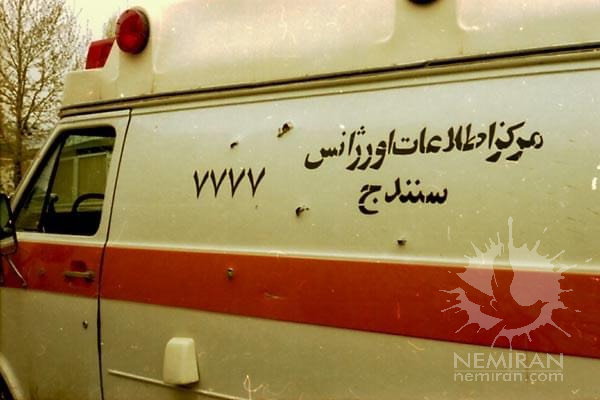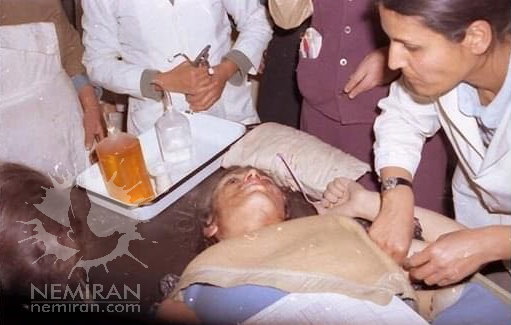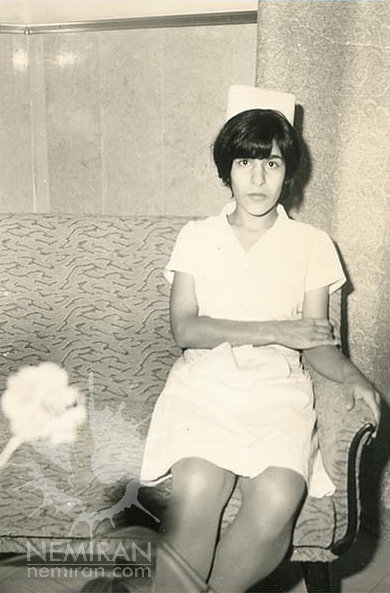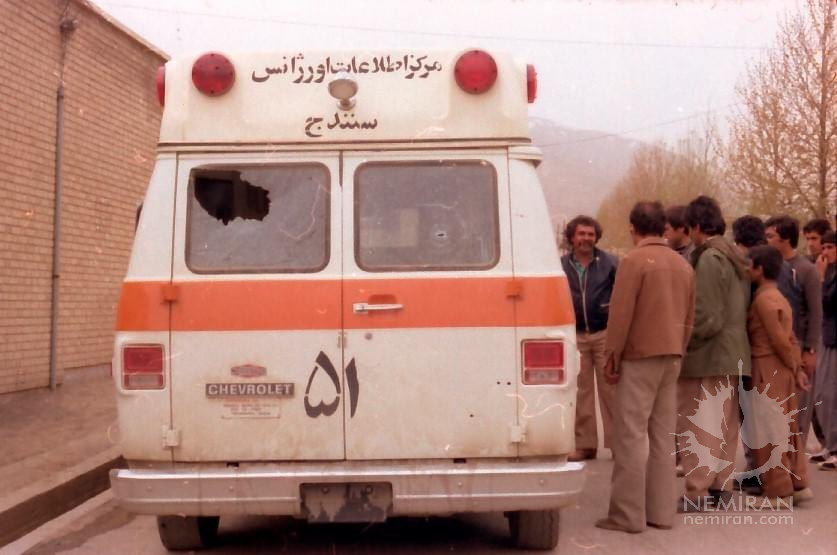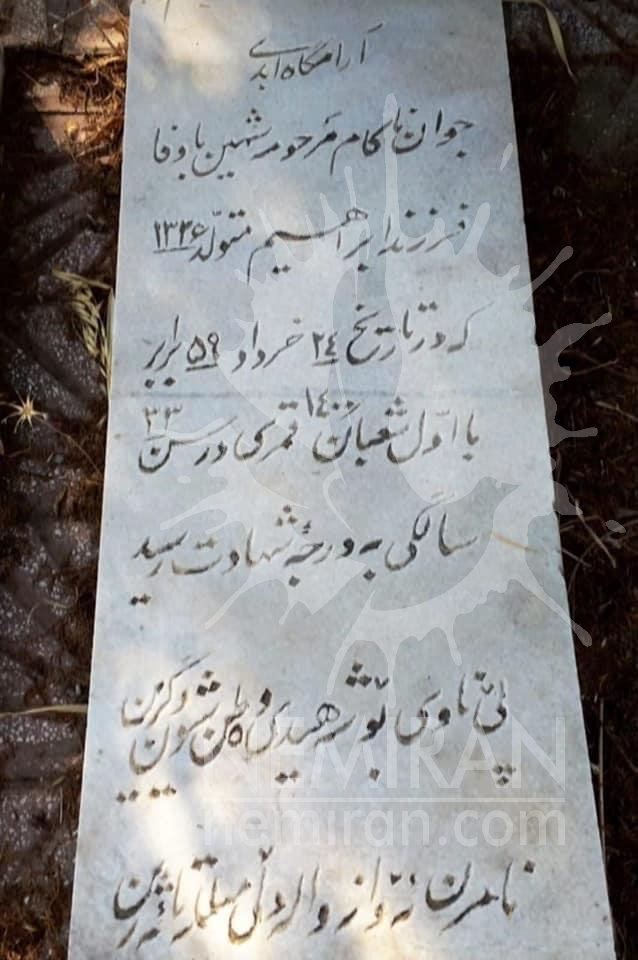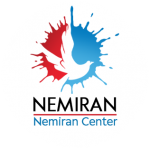Shahin Bavafa, daughter of Ibrahim Bavafa, was born in 1326 Iranian Calendar (1947) in the “Jurabad” neighborhood of Sanandaj. She was the youngest child in the family. From her childhood, she was noticed by her family and friends because of her special characteristics. She completed her education at Parvin Etesami High School. She entered Gilan Nursing College to continue her education. After finishing her studies in 1973, she was hired by the Health Department of Kurdistan Province and started working in the former Pahlavi Hospital of Sanandaj. After a short period of time, due to a sense of responsibility and hard work in the hospital, she got a scholarship by the provincial Health Department for a multi-year research period to continue her studies and was sent to Dariush Kabir Medical Center (current location of Shariati Hospital) affiliated to the university of Tehran. This center was known as one of the most prestigious medical centers in Iran at that time. It had a special reputation due to the holding of important conferences and congresses such as the “International Congress of Neurosurgeons in the Middle East” as well as the publication of numerous research papers presented by this center in international congresses and published in prestigious journals. Shahin returned to Pahlavi Hospital in Sanandaj after completing her higher education in 1977. She worked as a supervisor of the department. Cordial treatment of people and attention to the poor in the workplace had made her a popular figure that, in the first encounter, attracted hospital patients.
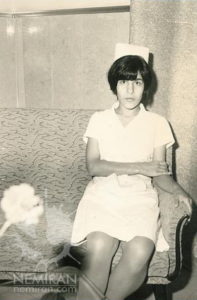
With the beginning of the uprising and the street clashes between the people and the military forces of the former regime, Shahin Bavafa was one of the hospital staff who provided the most services to the people of Sanandaj.
In the two brutal attacks of the regime of the Islamic Republic on the people of Sanandaj in Nowruz in 1979 and the 24-day resistance war in spring of 1980, Shahin Bavafa also played a fundamental and tireless role in treating the victims of the war. Her name was a well-known and respected name in all locations of the people’s resistance and the neighborhood council.
The newly built Ghane Sanandaj hospital, which was located outside the city, was closed during the 24-day resistance war due to the bombardment and shelling of the city by the invading forces and the hospital staff was transferred to the former Pahlavi Hospital with the patients and injured. Pahlavi Hospital was one of the oldest hospitals in the city with a small environment and limited facilities and did not have the capacity to medicate all the sick and injured and their number was increasing constantly. The offices, corridors, and courtyards of the hospital were filled with the sick and wounded of war. Inevitably, it was decided to discharge ordinary patients and set up mobile medical facilities in the city to prevent overcrowding. Could anything be done without facilities, equipment and coordination? The number of wounded and deads accumulated in the hospital with the increase of air and ground attacks of Iranian Forces which intended to capture the city.
Shahin was one of the few people in charge of administrating the hospital with her tireless work and round-the-clock presence in the Hospital.
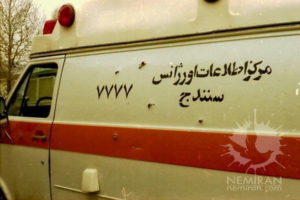
In the middle of the war, with the arrival of a relief team of doctors and surgeons in Sanandaj, the first mobile clinic was established with the help and guidance of Shahin, in the basement of a half-finished building of the former Crown Prince Street. Doctors had to perform most of their surgeries in the same basement due to the shelling and mortar shelling of Pahlavi Hospital and its surroundings.
Three French journalists secretly entered the city on the 16th day of the war. They had witnessed the bombardment and shelling of the residential areas of the city around the clock by the military forces of the Islamic Republic and had called it a genocidal operation by the Iranian Army against the Kurdish people. At the end of this article, there is a part of the report of these journalists who also interviewed Shahin.
After the end of the clashes and the withdrawal of Peshmerga forces from the city, the occupying forces of the so-called Islamic Revolutionary Guard Corps did not dare to enter the city for several days. They then looted people’s property and arrested the city’s youth by conducting house-to-house searches. One night in mid-June 1980, IRGC mercenaries and the Ministry of Intelligence went to Shahin’s house and arrested her. She was subjected to the most severe physical and mental torture.
But she still stood up to the torturers with a strong and courageous spirit and maintained the same spirit until the last minutes of her life according to her fellow prisoners. Finally, on the evening of 24.03.1359 Iranian Calendar (June 14, 1980), Shahin and two activists of the People’s Fedayeen Guerrilla Organization, Fereshteh Gol Anbarian and Gholamreza Khakbaz, were executed in front of a group of political prisoners.
Shahin Bavafa has a special place in the political and social circles of Kurdistan despite her short life due to her outstanding characteristics and valuable services to the people. Her good name will shine in the history of the freedom struggles of the Kurdish people as a symbol of courage and humanity. May her memory be cherished forever.
Author: Amir Lotfollah Nejadian
Translated text of the Express Weekly article (Paris edition) entitled “Iran: The Ayatollah’s Twelve Bullets”
Jean-François Revel
Express Weekly from July 5th to 11th , 1980
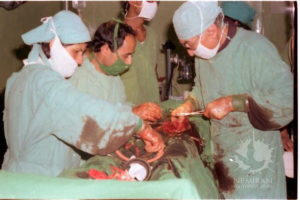
On Tuesday, May 6th, 1980, Christian Hoche and Jacques Halliot, the special envoys of the Express Weekly, accompanied by Henri Bureau from Zigma Agency, secretly entered Sanandaj, the center of the southern part of Kurdistan. The city had been bombed around the clock in response to the genocide operation launched by the Iranian Army against the Kurdish people for several weeks before that date.
A group of Peshmerga (Kurdish Resistance Forces) led three reporters to the Martyrs Hospital in the heart of the city in the morning. In this center full of blood and full of corpses, a gentle voice is heard: Shahin Bavafa, the girl, about thirty years old, is in charge of the hospital. She recounted the madness of murder and slaughter by the Iranian Forces, which recklessly bombarded defenseless people. She also spoke of the horrific bombings that were carried out with the aim of massacres, and ten of the hospital’s doctors were working to combat the effects. The hospital manager showed us the operating room, which had been destroyed by a 120 mm mortar the night before. She quoted that Iranian Forces also shoot at ambulances. Serum, antibiotics, anesthesia medication and even ordinary dressings are rare. As we two reporters, the Special Express Envoy, are leaving, she asks us to reassure her of the message of her disgust and concern in the columns and pages of our weekly to inform Western public opinion. In addition, she urged Christian Hoche to mention her name to dispel any doubts about the veracity of what they observed. Christian Hoche warned her against this action due to the potential dangers. But she insisted that her statements under pseudonyms would not have such weight and credibility, adding: “I am not afraid of death.”
Christian Hoche recalls in his report: “I saw a young pregnant woman who, despite having her left leg amputated and her baby stillborn, still retained the power of a smile.” Shahin Bavafa, the 30-year-old woman in charge of the hospital, asked us to shout from what we had seen on our return to France.
“I urge you to ask your government to intervene to put an end to this butchery.”
“On Tuesday, May 13th, the 28th Division of the Iranian Army and the Revolutionary Guards captured the city shortly after the Peshmerga evacuated the city to avoid the rest of the population be massacred. A few days later, Shahin Bavafa was arrested and tried in an Islamic court on the following charges:
- Sabotage in carrying out assigned responsibilities (Everyone may evaluate this…)
- Publication of a request and invitation to counter-revolutionary uprising in a foreign publication
On June 17th, 1980 Shahin Bavafa was shot dead.
This information was transmitted to us from two sources:
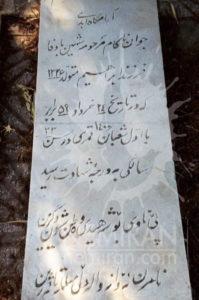
- By Mr. Noureddin Zaza. He is a university professor who is a Kurd from Turkey. He sent us a letter on June 21th. The information was provided directly to him by the parents of the young woman who was shot. He was the first to inform us with this news.
- The results of the investigation carried out at our request by the best and most reliable sources in Tehran, confirmed the execution of the young lady.
Readers of our publication – I renounce my governments because I have no illusions about them – will certainly find themselves disgusted without the need to be persuaded by us. But I want to highlight the following points by considering the events:
- Iran is not in a turbulent situation of the first days of the revolution, so that immediate executions can be invoked as uncontrollable decisions. The assassination of Shahin Bavafa was carried out with a previous decision and by the order of the central power. The orders were carried out with extreme brutally.
- Khomeini’s intelligence agents are present at the Iranian embassy in Paris, as well as at all Iranian embassies abroad. They turn upside down all articles about Iran in foreign publications. Nothing can be hidden from the eyes of these spies. Any criticism of the regime by an Iranian, anywhere in the world, means the death of its author.
- If that death happened during the Shah’s reign, we would campaign against him. The Iranian embassy in Paris might have been attacked, as was seen at the Spanish embassy during the last Francois trial. I allow myself to hope that those who protest against events like that will remember that execution in any case is a murder, even when the killer has a justification for it.
- The dictators of the Third World have been campaigning for years to prevent news leaks. Ayatollah has a decisive weapon: Murder and killing of dissidents appearing in the free press.
But who dares to say that Ayatollah is backwardly about the situation of women? According to him, men and women are equal in dangling on the gallow, the only production that is common in Iran today.
Thanks to dear Aziz Mamle for translating this text

